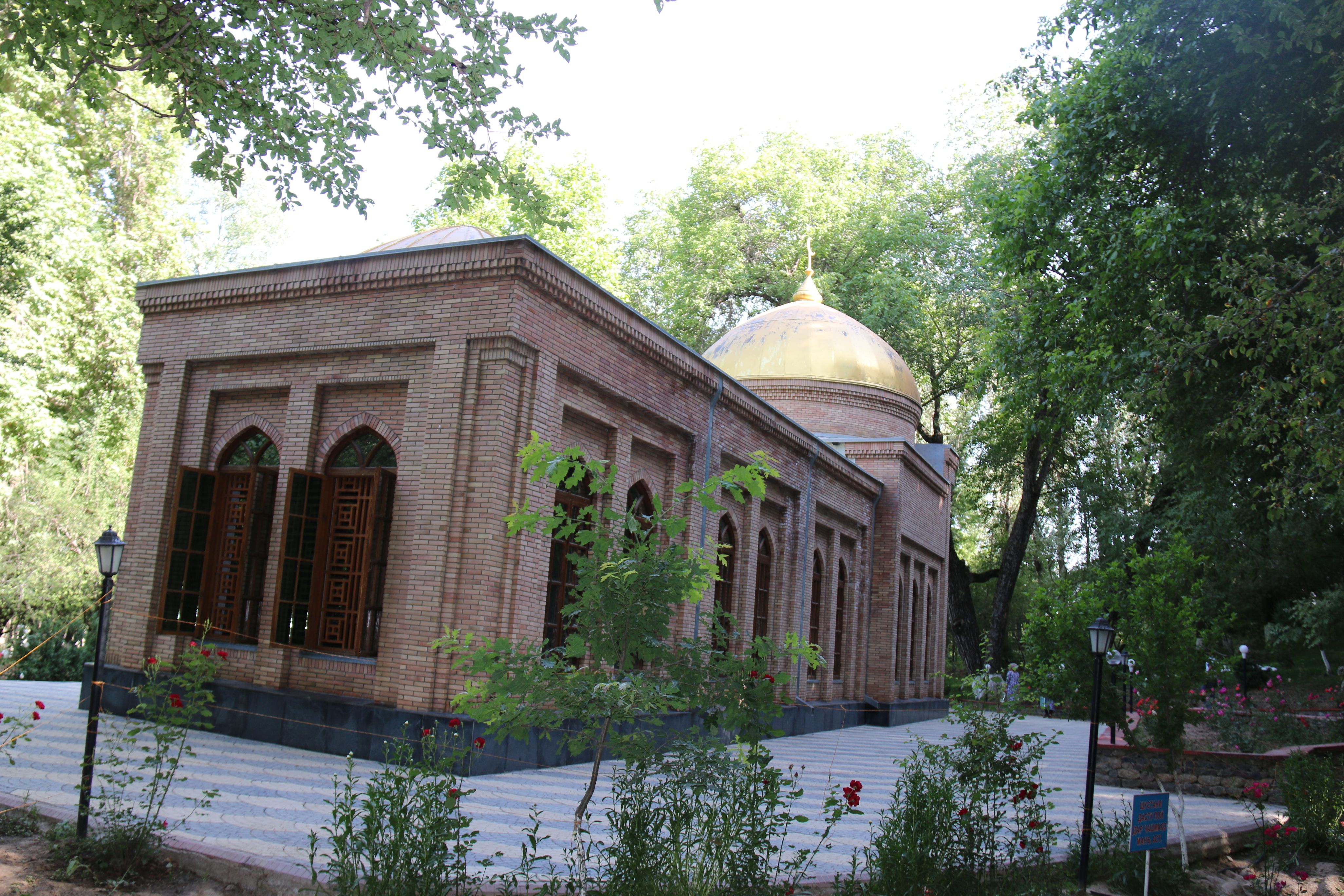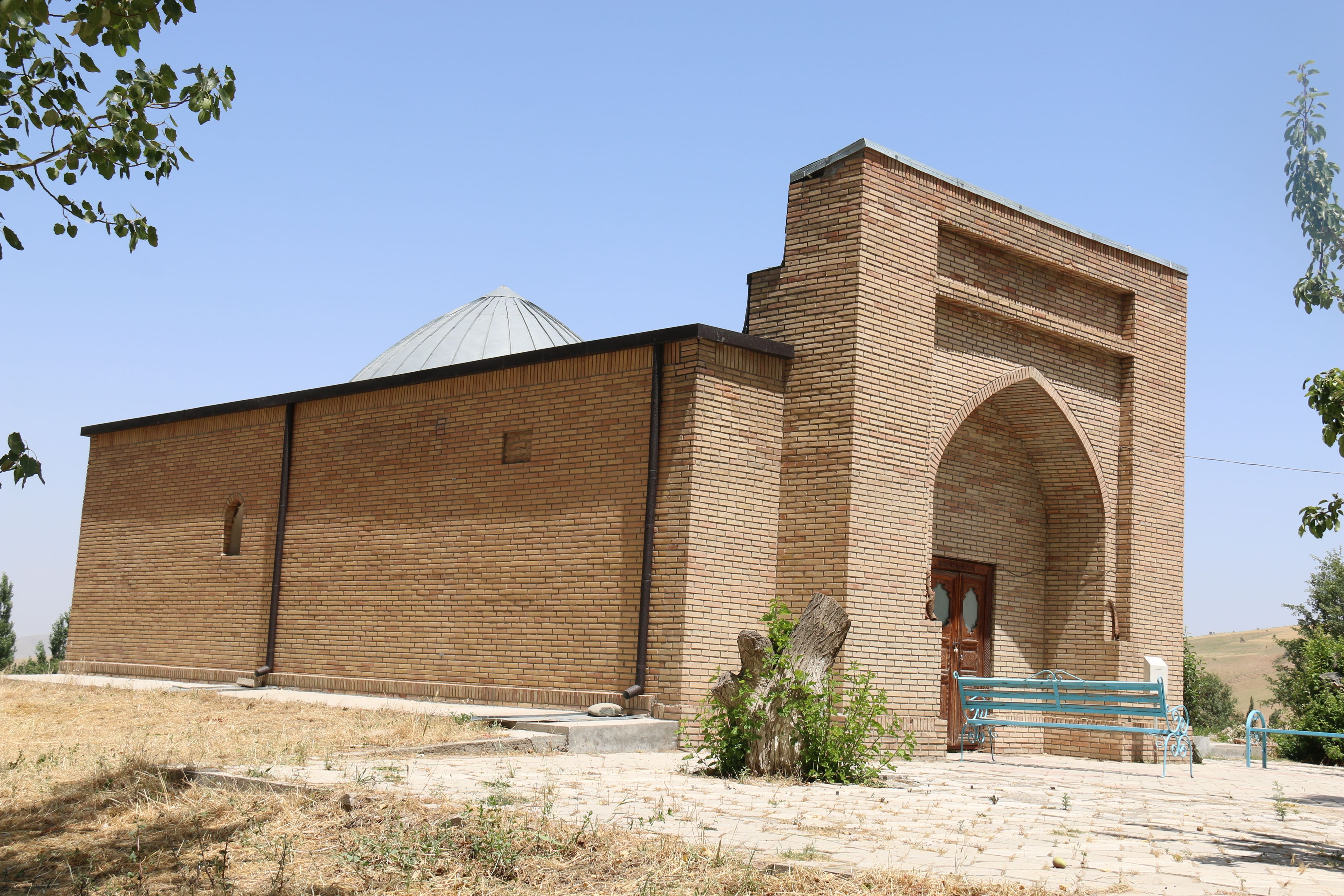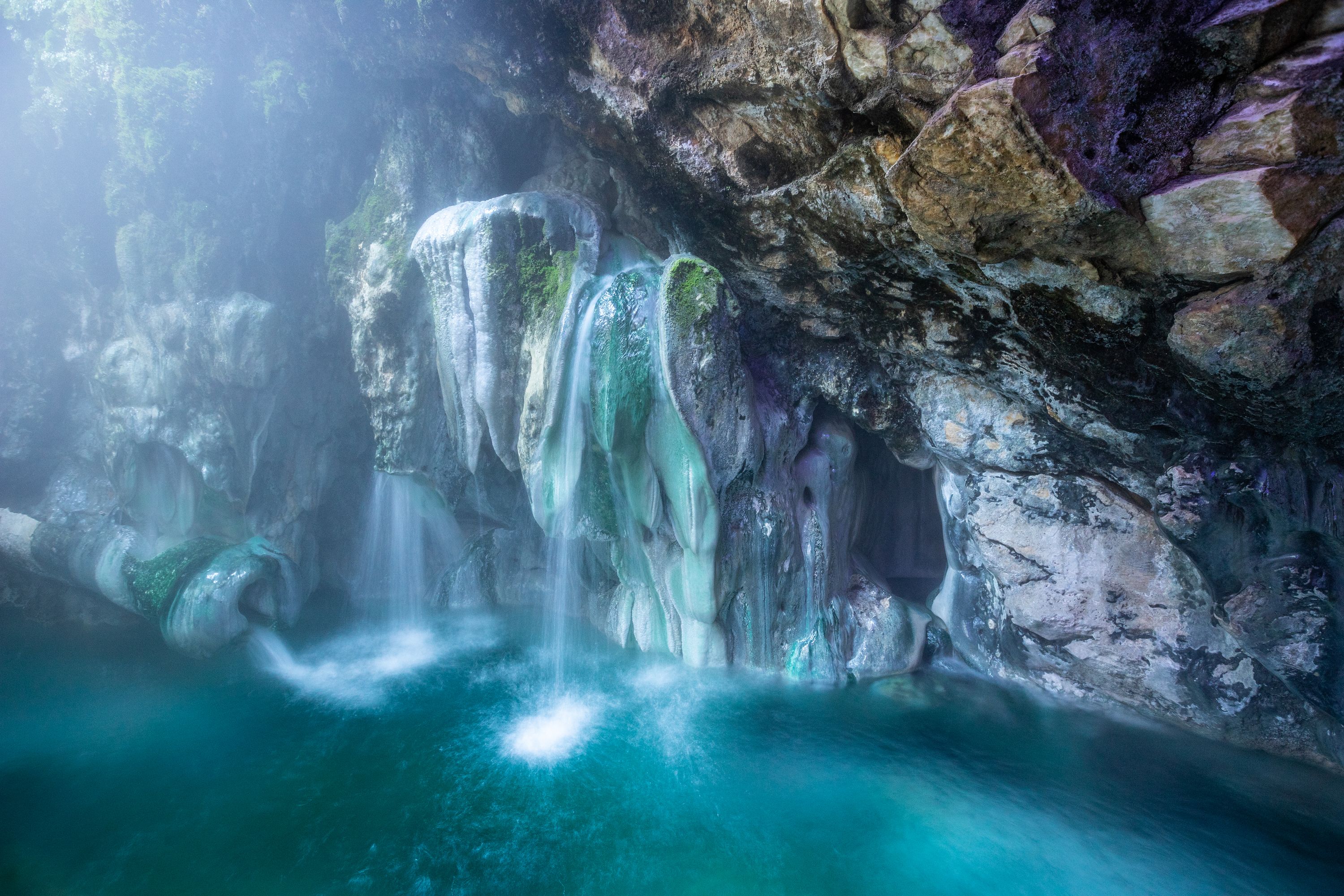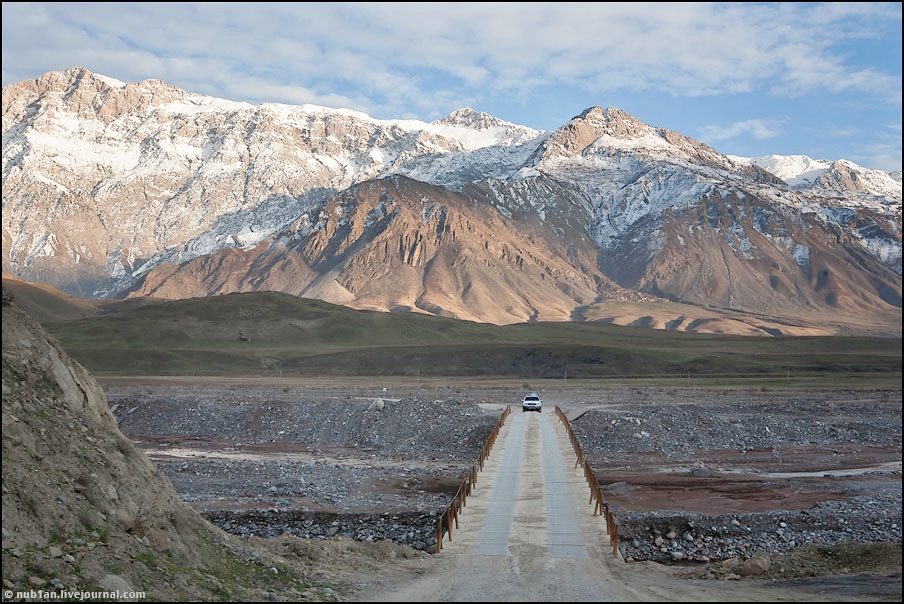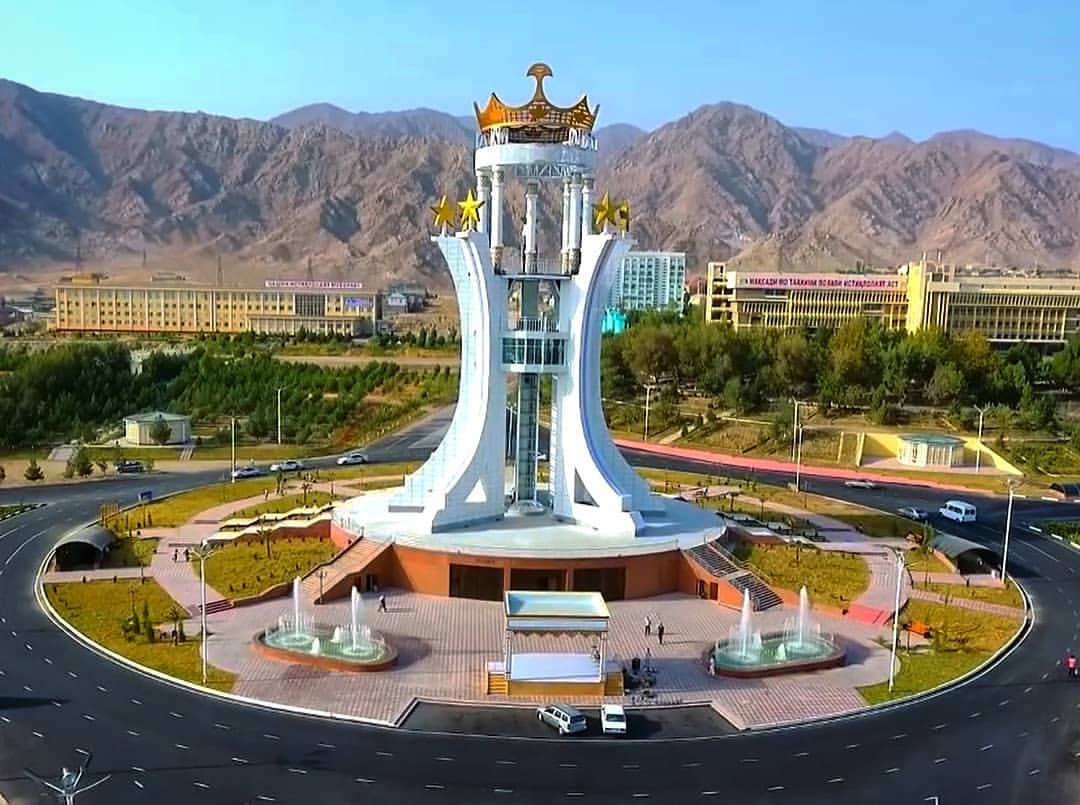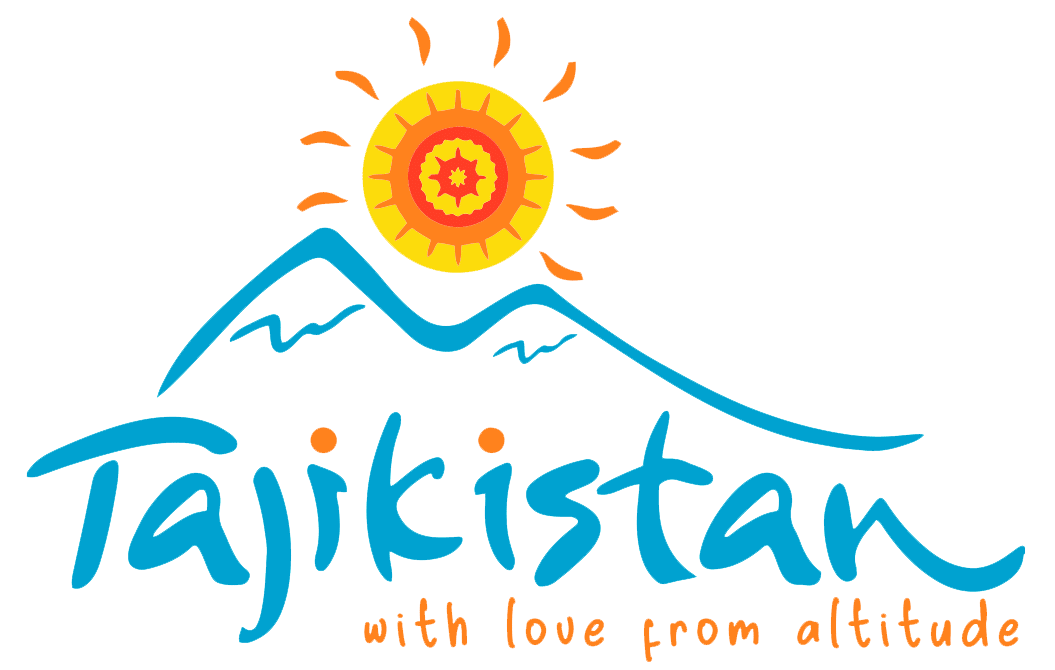The Reserve is located in southwestern Tajikistan, in the desert between the Wakhsh, Panj and Kofarnihon rivers on the Afghan border. It currently covers an area of 49,786 hectares. The reserve is located mainly on the border o Dusti, Qubodiyon and Jaihun districts of Khatlon region. Its administrative center is located in the territory of district, located at a distance of 8-9 km from the district center. The part of the left bank that enters the Kashkakum sands is up to 530 m high. The highest point of the reserve is the Khojakoziyon Mountains, the height of which ranges from 1000 to 1200 m. Its main entrance is in the northern part. It is 7km from the centre of Jallolidini Balkhi district to the entrance of the reserve, which is located in the southern part of the district. The the area of more than 4,000 hectares of reserves consists of reservoirs and lakes. There are 20 lakes in the reserve.

History of the Natural Reserve
Tigrovaya Balka State Reserve is the largest nature reserve in the country. It was established on November 4, 1938, by the order of Soviet government. The Tiger Forest Reserve is the first state nature reserve in Tajikistan. In 1938 its area was 50 thousand hectares. In 1945-1946, the area of the reserve was reduced to 7,000 hectares, and in 1951 its area was increased to 27,000 hectares. However, as a result of land reclamation in the Vakhsh Valley in 1953, its territory was reduced by 21,000 hectares. Then, according to the decision of the Council of Ministers of the Tajik SSR from May 9, 1959, the reserve area was set at 41,000 hectares and it was transferred to the Forestry Committee of the Tajik SSR.

Nature of the Reserve
The reserve has 45 species of wild animals, 214 species of birds, 8 species of snakes and There are five species of lizards. The Amu Darya leptonos fish is found in the reserve and is found only in Asia, in the Amu Darya River basin, and in North America, in the Mississippi River basin. In addition, the reserve has 19 other species of fish, such as there are squid, squid, gambus, and so on. As mentioned above, in the 30s of the last century, due to the development of the Vakhsh Valley, the area of the reserve decreased. As a result of this complexity the the natural ecosystem has declined in the territory of the reserve. Due to this, the number of tigers, gazelles, gazelles, mountain sheep (urial), Tajik tazarv, reed cats and other species has significantly decreased. The Turanian tiger waslast recorded in the reserve in 1953.

The climate of the reserve is considered to be continental and arid. In winter, air masses and temperatures are formed by the influence of arsenic, and in summer, the characteristics of the tropical climate prevail. The average annual temperature is +14, +17 degrees, the coldest month (January) +2 and 0 degrees, the hottest (July) +28 +48 degrees. The period without frost is 250-310 days and the temperature reaches + 10 ° С 200-250 days. Summer begins in May and lasts until mid-September. Temperature depression prevails during this period. The highest temperature in July, sometimes reaching + 46-48 degrees. Winters are mild and short. The hydrological network of the reserve consists of the Panj, Vakhsh and their tributaries.
Gallery




Travelling to the Site
The Beshai Palangon Reserve can be reached by train, taxi and car from Dushanbe and Bactria. From Bactria, visitors can take a car or taxi to Jilikul. The entrance to the sanctuary is located 7 km from Jilikul district. The reserve also has a museum where tourists can learn about the history of the reserve and its ecosystems. Due to restrictions and prohibitions, the researchers in this project were unable to enter Tigrovaya Balka. This site was closed to visitors and researchers. We tried to get permission from the local and republican authorities, but the place was closed due to the seasonal birth of the species. Therefore, the researchers took only photos outside the area, and in front of the gates of the sanctuary.
